On April 7, 2017, the Toms River Municipal Utilities Authority (TRMUA) became the first entity in the world to deploy holographic technology in support of its field teams doing utility location work.
The new holographic productivity platform arose out of a need to better utilize and expand the existing investments in mapping and utility-locating technologies.
The TRMUA had already built a robust geographic information system (GIS) using ESRI’s ArcGIS online services. The utility infrastructure maps and supporting data were accessible in the field on laptops.
With the data infrastructure in place, attention turned to the user experience of the field technicians—how the wealth of data could be better managed with a combination of hardware and software to deliver an intuitive interface, one that took advantage of new presentation technologies such as virtual reality and augmented reality.
Augmented reality works by merging the physical world with computer-generated objects, allowing a field technician to have a consolidated view of the physical workspace overlaid with virtual equipment and line identifiers.
Len Bundra, IT/GIS Director of the Toms River MUA, was ready to take the existing GIS to another level of dynamic mapping and data retrieval. He wanted field technicians to be able to “see” objects that are normally concealed: wires cutting through treetops, cables situated behind natural and artificial obstacles, underground piping. This new level of awareness held the promise of reduced work times, improved safety, and greater accuracy of field data. The ability to work hands-free would further magnify the benefits of such a system.
A solid use case precedent had been set by the leading global elevator manufacturer ThyssenKrupp. In 2016, ThyssenKrupp deployed a productivity platform built on a proprietary MAX platform with Microsoft HoloLens headsets for field maintenance personnel. When the field personnel had easy access to data as visual overlays on the physical world, productivity boomed, resulting in a reduction of on-site maintenance visit durations by as much as 75%.
After researching this and other prototype examples, Bundra concluded that the utilities management space was a perfect candidate for testing the transformative potential of augmented reality and holographic technology.
The deployment of holographic technology in the field received strong support from Stephen C. Acropolis, the executive director of the TRMUA. Acropolis foresaw additional benefits of such an application: increased productivity would improve customer service levels and save taxpayer money. Improved data accuracy would enhance the working conditions of his field teams and reduce accidents caused by inaccurate line identifications.
The TRMUA selected Meemim vGIS as its platform of choice to enable the technology integration. Meemim vGIS is specifically designed to meet the needs of municipalities and utility companies. The system relies on four key technologies: Meemim’s own knowledge management and spatial processing platforms, ESRI’s ArcGIS, Microsoft Azure, and Microsoft HoloLens.
- ESRI’s ArcGIS is a leading cloud-based GIS platform for working with maps, geographic information and related data. The system also provides analytical, administrative, and collaborative tools that complement the mapping functions.
- Microsoft Azure is a leading cloud computing service for building, deploying, and managing applications and services through a global network of Microsoft-managed data centers.
- Microsoft HoloLens is a fully self-contained computer with an array of visual and audio sensors and services that permit the creation of a mixed reality—an immersive blend of the virtual and physical worlds.
The vGIS application integrates these four technologies, along with visual and audio communication, to provide on-site field technicians with a hands-free experience that offers an integrated view of underground lines, full line and component details with supporting documentation, and real-time collaboration with office-based project and planning staff.
“What vGIS really does for us is leverage our existing investments in maps and locator tools,” says Bundra. “The integration of the holographic technology makes everything—correct field orientations, line identifications, as-built capture, project communications—easier to do. We’re really pleased with the results.”
About Toms River Municipal Utilities Authority (TRMUA) The Toms River MUA was established in 1949 with a mandate to provide reliable wastewater collection services to its ratepayers in an environmentally responsible and cost effective manner. The TRMUA maintains 435 miles of underground utility lines, 18 pump stations, and serves 47,000 ratepayers covering an area of 55 square miles in Toms River, NJ (population 92,000).
About Meemim Meemim Corp. (Toronto, ON) is a vGIS and knowledge-management platform vendor with expertise in data presentation and advanced visualization. Current applications, in addition to vGIS, include the Meemim collaboration productivity suite for project management, small team collaboration and client customer service portals.


